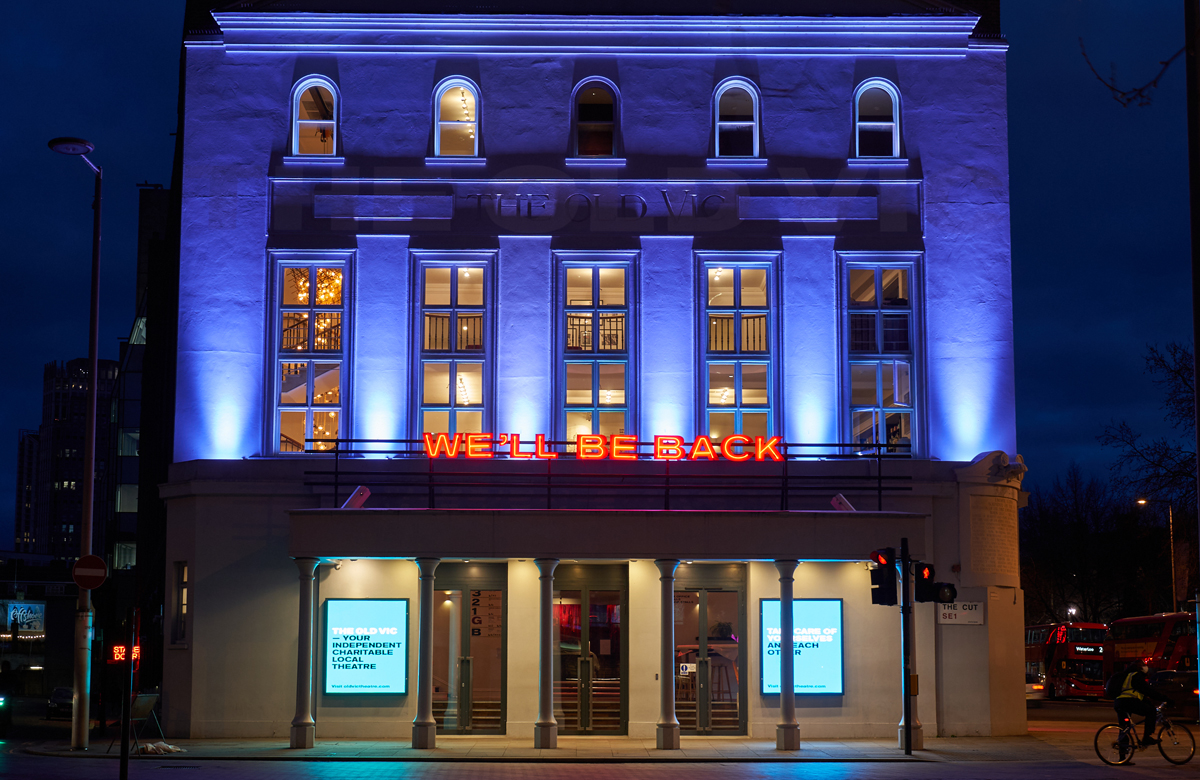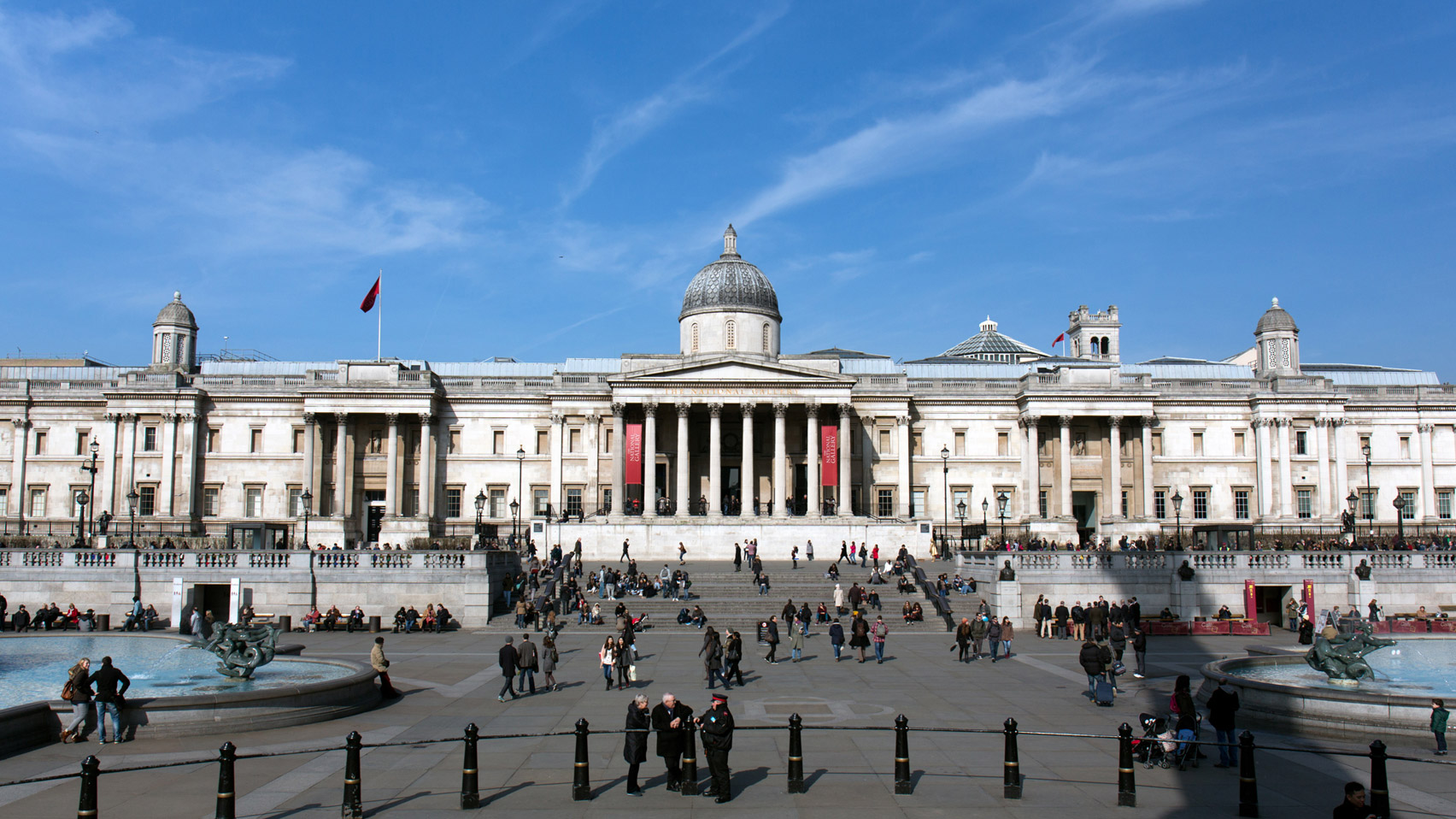The other impact of Covid-19 on journalism: more competition for attention
Lockdown is trapping people at home, and pushing everything online. And that means a while range of organisations have suddenly become publishers.

One of the really remarkable trends of the last two months is how quickly a whole range of organisations have suddenly become digital content creators. I've already looked at churches, but how about theatres and museums?
Just look at these examples, from the last day or so of news:


The Stage piece is interesting, because it highlights how theatres have been using digital archive content — recordings of old plays — to keep their community together, and possibly generate some revenue. The National Theatre, for instance, has been getting upwards of half a million YouTube views for its archive plays - with ads attached. There's some revenue for them there, at least, with their buildings shut, cafés inoperative and even the bookshop completely shut.
(This use of archive content is something I want to come back to next week.)
A proliferation of digital competition
What this does mean though, is that the journalism business is now competing with a wider range of organisations for people's limited attention. The Dezeen piece frets about this a little. Is this diluting what museums are?
While digital initiatives are keeping museums in the public eye and potentially connecting them to new audiences, the homogenising effect of social media means museums risk losing much of what vitally distinguishes the experience of a visiting a museum to that of other leisure activities, say, going to a theme park or even cinema.
This, though, is a fundemental characteristic of digital media. Think about picking up your iPad on the sofa at the end of a busy day homeschooling and working from home. You could read your email. You could read Twitter. You could play a game, or watch Disney+, or read a magazine, or its website, or watch a play, or lose yourself in YouTube videos. The competition for your attention is fierce. And people don't earmark some of that specifically for journalism.
I chose the iPad specifically in this example because its form factor hints at the underlying truth: it's just a sheet of glass that becomes whatever you want it to be in that moment. We make distinctions between all these things, but the audience doesn't. They're all just interesting things that you can do with your device.
Digital homogenisation supplants physical exceptionalism
Back to Dezeen:
The consequence of this is that museums risk losing what we might call their exceptionalism. Beyond simply differentiating what they offer from other forms of leisure, this is the notion that visiting a museum offers a way of making sense of the world around us. That as repositories of human creativity and endeavour, museums are almost sacred spaces existing outside of time, connecting the past to the future of human existence.
This appeal to exceptionalism is common amongst journalists. And while journalism does have an important role to play in democracy, when it comes down to turning on the magic rectangle, we're just another business clamouring for attention.
Now, sometimes we get it really right. Look at the huge traffic to this excellent piece:
Well over 4m page views and still the most-clicked on @guardian right now, coupled with an extraordinary 3m13s median attention time. @rcbregman’s wonderful piece is a phenomenon, crucially devoid of Coronavirus mentions and full of optimism https://t.co/EnB5O4oMSe
— Chris Moran (@chrismoranuk) May 10, 2020
But really look at it. It's, as Chris says, completely Covid-19 free, and not even timely in any way. It's just a compelling and rewarding piece of content that demands attention. News is important. But it's not everything.
And brands might be doing a better job of providing the crucial distraction people seek the longer this crisis goes on.
No content, no brand
This puts me in mind of long-term friend of the blog Antony Mayfield's equally long-running passion for the idea of brands as publishers. (He's not been blogging much of late, but he and his company have been publishing some of his internal company morning letters on LinkedIn, which are worth a read.) Crises tend to accelerate changes already in progress, and this is one area that we already see it happening during the pandemic.
More brands of all sorts are becoming publishers, just to keep in contact with their customers, in the hope that they'll still be there when the economy starts to grow again. This ranges from commercial enterprises — I've been loving the outdoors content Finisterre have been putting out, for example (Disclosure: I have a very small number of shares in the company) because it keeps me connected to the wild I love, even when I can't get there very often – to the charities, museums and theatres we've already discussed.
More digital brands, more attention competition
And there's a double threat to the journalism business in this: first of all, some of the marketing spend we've used to sustain much of our industry is now being redirected into making digital content that builds communities around brands.
That is not suddenly going to unwind when this crisis ends. In fact, the speed with which some organisations have pivoted puts journalism to shame. My local wildlife trust, for example, was producing home schooling resources within a few weeks of the schools closing. They stepped up to help support elements of their community in a difficult time. (That difficulty is real: I'm rushing to get this post finished before I swap in with my wife for afternoon schooling… And I haven't been in bed before midnight in weeks, because evenings have to pick up the work slack that homeschooling causes us during the day.) They have earned my loyalty for that: our family membership will be one of the last things I give up if our financial situation declines.
Many consumer mags could have done the same - but how many did? Newspapers could have too - not the front end, breaking news journalists, who have other things to be concentrating on right now, but the lifestyle and entertainment folks, certainly.
The biggest battle in the transition of journalism to the digital age is a really deeply embedded desire by many in the profession to keep doing what they always did, in exactly the same way. You can see that in some of the more mocking responses on Twitter to the news of the demise of the Buzzfeed UK news team.
If you look at where ex-BuzzFeed people tend to end up, i.e. the world's leading media companies, it might be that they understand digital culture better than the people making the same "listicle" joke.
— Patrick Smith (@psmith) May 14, 2020
On the other hand, journalism businesses that have found ways to pivot both their content and their business model to other revenue streams are going to weather this storm better than others. Membership models have certainly proved to be one of them - but then, there are others, too:

Two assumptions for your future strategy
As lockdown starts to ease, a little, and we start cautiously looking to the future, it's safe to assume two things:
- Advertising revenue is unlikely to return to its pre-Covid-19 level any time soon
- We're going to be facing increasing numbers of competitors for our audiences' attention.
As you start planning out your future strategy, those two facts need to be built deep into it. And any response is almost certainly going to have to revolve around building more engaged, loyal audiences, who you can monetise in more sophisticated ways than just showing them adverts.








